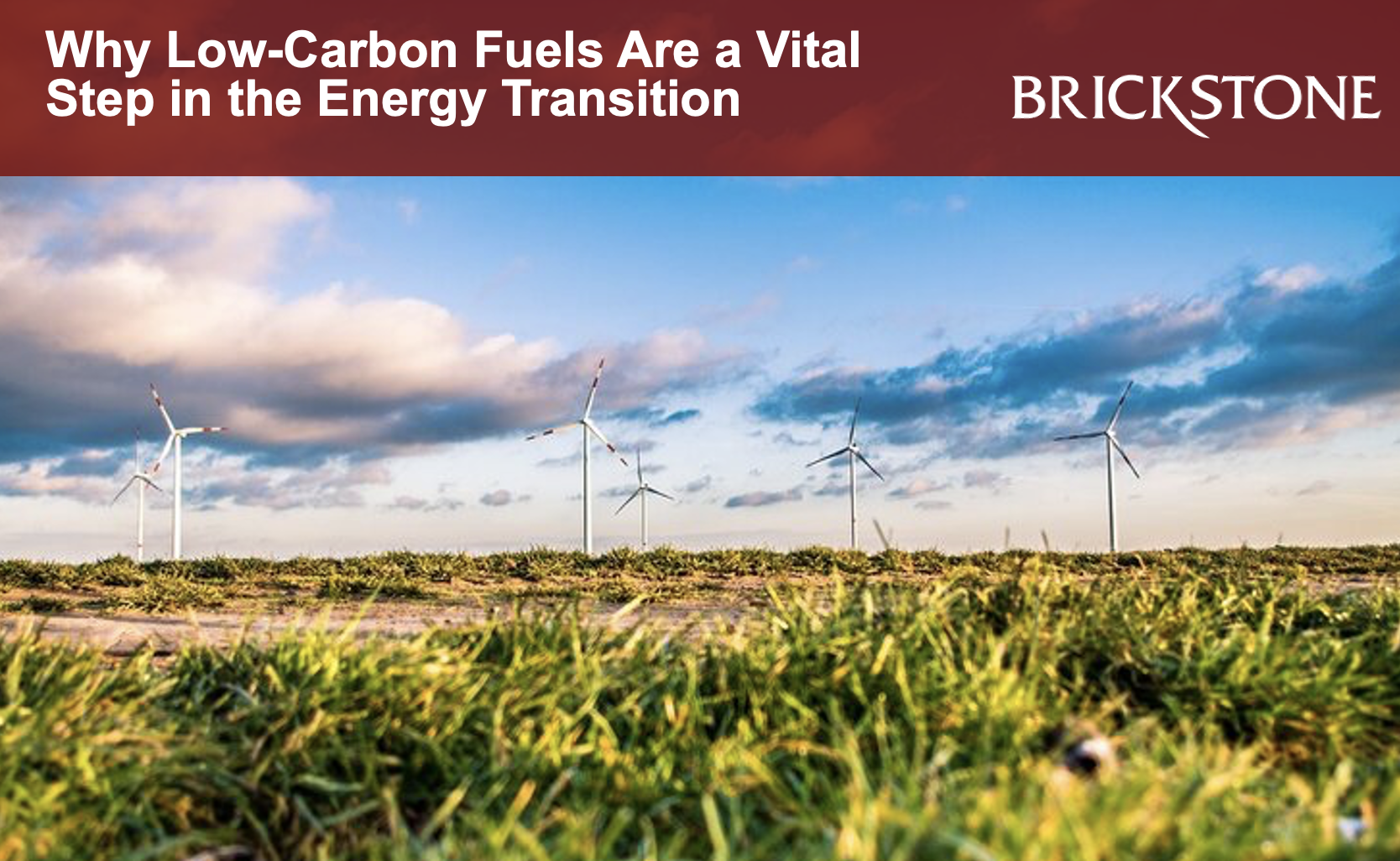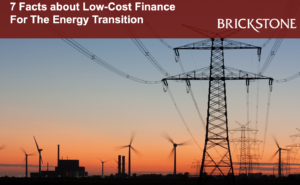Why Low-Carbon Fuels Are a Vital Step in the Energy Transition
According to International Energy Forum, there is a gulf between where the world is today and where it needs to be to hit net zero by 2050. Carbon-intensive coal, which is still the leading source of energy, is releasing record levels of carbon dioxide and renewable sources still only produce a relatively small proportion of our energy needs.
This article by Brickstone Africa reviews the IEF’s publication on the need for low-carbon fuels in the global energy transition.
Low-Carbon Fuels: The Long Road to Net Zero
The coming decades represent a transitional period, as renewable energy solutions are scaled up to displace fossil fuel consumption. During this transition, there is ample opportunity to increase energy stability by replacing the most carbon-intensive fuels with lower- and low-carbon fuels until alternatives can fulfill all our energy needs.
For some sectors, electrification is not an option any time soon. Lower-carbon fuels are a low-hanging fruit, presenting the opportunity to decarbonize with minimal upheaval.
Making the switch to lower-carbon power generation has already produced results in some countries. In the US, CO2 emissions from generating electricity fell by 32% between 2005 and 2019, largely the result of a shift from coal to natural gas, which produces significantly less carbon dioxide. In the coming years, there is an opportunity to go further by introducing low-carbon fuels in multiple sectors, especially those that are challenging to electrify.
Some of these fuels are available already, including sustainable aviation fuels and biofuels for transportation, while others are being developed. These include lower-carbon hydrogen (produced from natural gas and supported by carbon capture, utilization and storage), and hydrogen produced from renewable energy.
Low-Carbon Fuels: Renewables Rising
The transition to net zero presents a vast challenge that will be tackled in diverse ways by different countries. The pathways are complicated by ever-growing demand for electricity and will be influenced by geopolitics along the way. Ensuring a just and orderly transition means that – for all the urgency of climate change – it is impossible to displace fossil fuels overnight.
Not only do renewables provide just 29 percent of our electricity needs globally, but the fastest-growing renewables, wind and solar, require technologies like grid-scale energy storage to manage intermittency – and some industries’ needs can only be met by fossil fuels at present.
Steelmaking, for example, is considered a hard-to-abate sector due to the extremely high temperatures necessary that can only be reached by burning fuel. However, analyses suggest that the industry could reach net zero by 2050 with a combination of carbon capture, low-carbon fuels and more efficient steel use. In the short- to medium-term, low-carbon fuels present our best opportunity to press ahead with decarbonizing such hard-to-abate industries.
Low-Carbon Fuels: Complementary Fuels
Switching to lower-carbon fuels is among the most economically, politically, and technologically feasible approaches to slowing carbon emissions. It offers a lower-carbon future for newly built infrastructure in East and Southeast Asia, which could otherwise become stranded assets with serious socio-economic consequences.
According to the IEA, co-firing of ammonia and hydrogen has been successfully demonstrated at power plants. Increased use of low-carbon fuels in the power sector could help establish supply chains and drive down costs, encouraging uptake in other sectors.
Transport – which accounts for one fifth (21%) of global CO2 emissions – is another sector well-positioned for fuel-switching. While full electrification is the ultimate goal for transport, this is not feasible in the short-term, particularly in countries that struggle to produce enough electricity and for long-distance journeys and heavy vehicles (e.g.: ships, aircraft, and trucks) that require fuels with high energy density.
Vehicles of all types, however, can run on lower-carbon fuels such as biofuels, compressed natural gas, and liquid natural gas (either on their own or blended with fossil fuels) with minimal adjustments. Natural gas can emit 25 percent less carbon per unit of energy compared with conventional gasoline.
Read the complete publication here.






